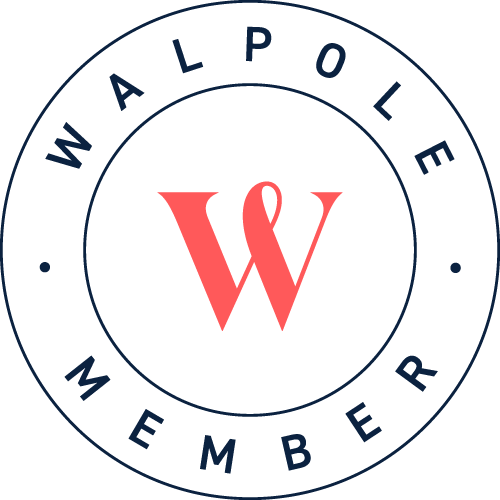The Art of the Bookplate
What are Bookplates?
Have you heard the term Bookplate? I hadn’t until I started working for Downey. While I had seen them before, I never fully appreciated what I was looking at. A bookplate, put simply, is the label inside the front cover of a book showing who it belongs to. They are also known as Ex Libris, which in Latin simply means ‘this book belongs to’.
Examples of bookplates have been found dating back from the 15th century but marks of ownership have been discovered much earlier, in Egypt for example. In the 17th Century, the popularity of bookplates increased dramatically and, in the following years the trend spread throughout Europe. There has long been wide interest in the collection of bookplates and with the fascination of certain styles, such as religious artwork or by Royal institutions along with well-known figures throughout history.
Since the 1950s, however, Bookplates and the collecting of them have really come back into style. Many studies and reflections have been written on the subject and, with all the information and history being available online, we’re noticing an increased trend in the enquiries we receive.

Our Bookplate Experience
As Downey was established in 1903, we have a long history of bespoke, engraved stationery. Our vast experience with coat of arms stationery, work with Royal Warrants and heraldic art has given us great scope to apply these techniques to Bookplates, another niche stationery item. As bookplates are often produced for private collectors, the personalised style of heraldic art and heraldic symbols, along with crests, motifs, monograms and coat of arms are applied as an extension of the individual’s style and personality.

The Past, The Future
We are lucky to have many great samples of our work with Bookplates in our archive. Interestingly, not a great deal has changed in the last 100 years of how they are produced. They are almost a niche within a niche, and while there isn’t a huge demand for them, we are often commissioned to produce a batch for a collector or private library. It is with professional pride that we remain capable to uphold the tradition of the bookplate and still produce them to the same level of quality and attention to detail that they deserve.

The Parameters
The very nature of bookplates means they demand a high-level of care and attention to produce. The books are inserted into are often very rare or expensive, or both. It is essential to consider the credentials of the paper for quality and colouration over time, so we will often use a stock such as Crane’s Lettra which is 100% Cotton and acid free. The inks used for die-stamping (engraving/intaglio) or offset lithography are water-based for environmental and quality purposes. The gum used for the reverse (so that it can be applied to the book) must also be acid free. If these key details are not observed, there is great risk that the bookplate would damage the book – spoiling not just the book but removing any value if they were to be resold or auctioned. Thankfully, at Downey we are well versed in these techniques and therefore always know how to safely work with precious books.

Discover more about Downey’s other specialist services, including creating bespoke invitations, packaging, wedding stationery, and much more.
Tuesday, 24th September, 2019


